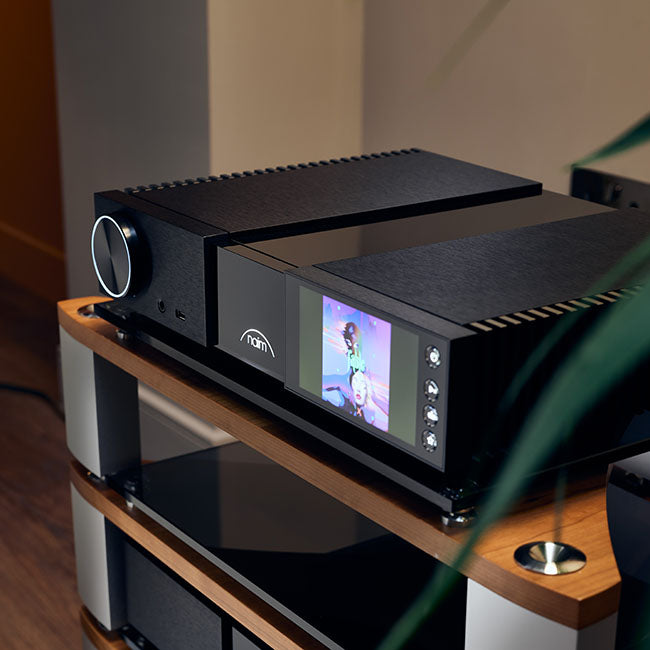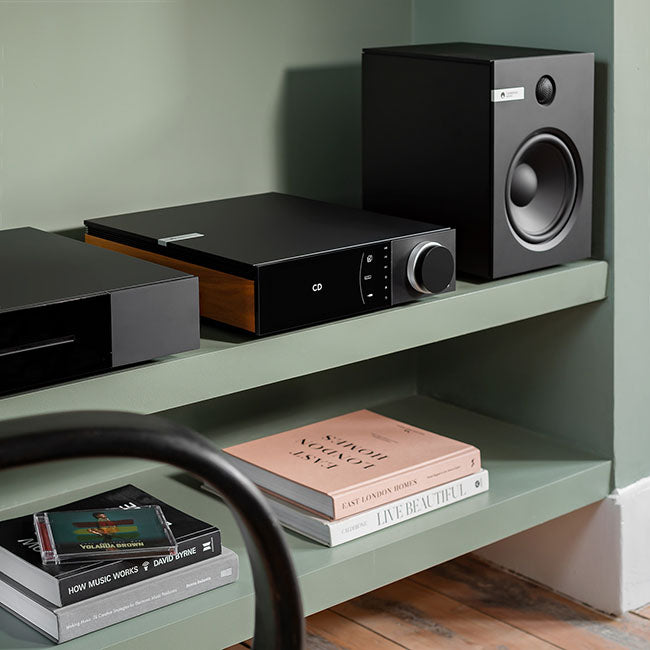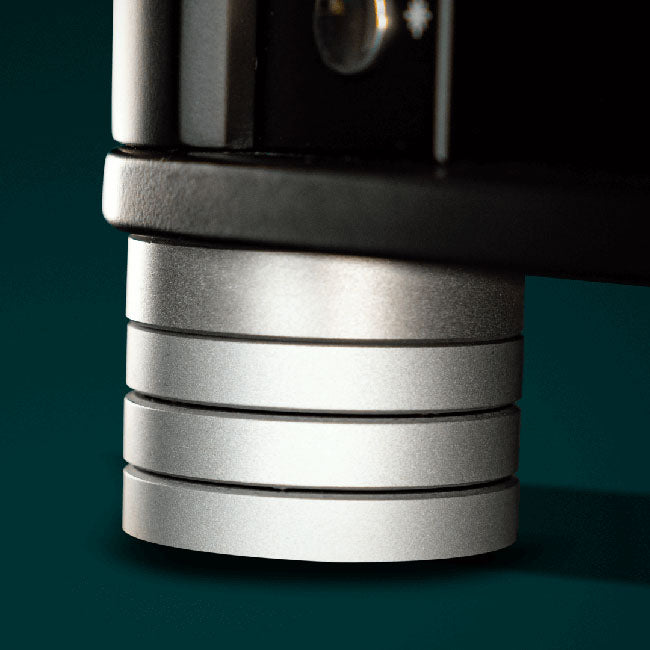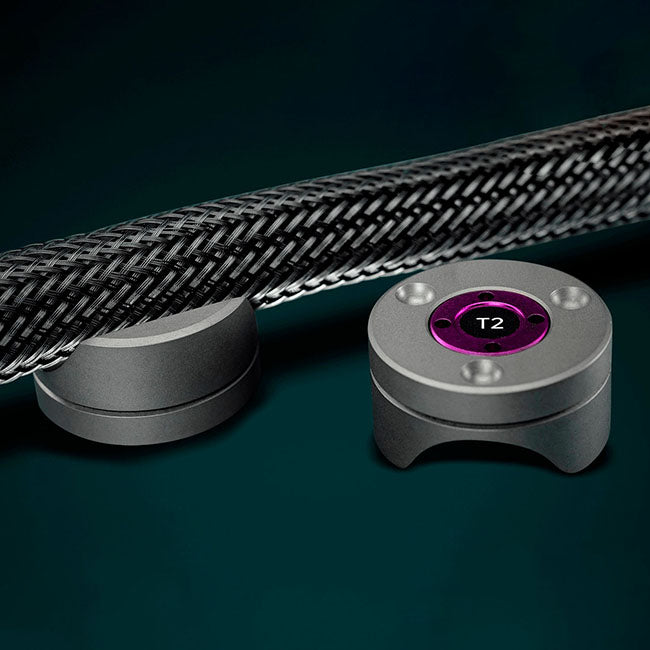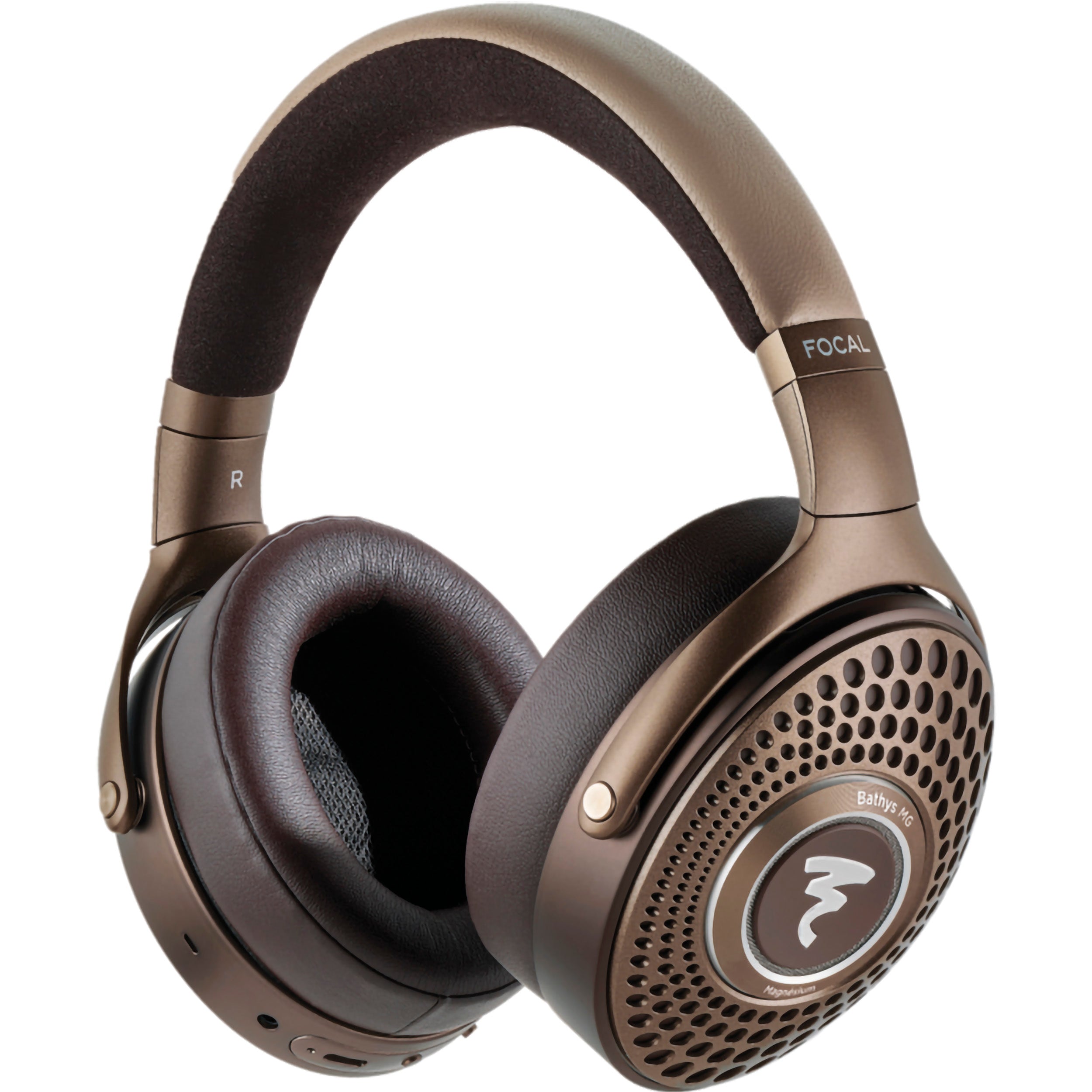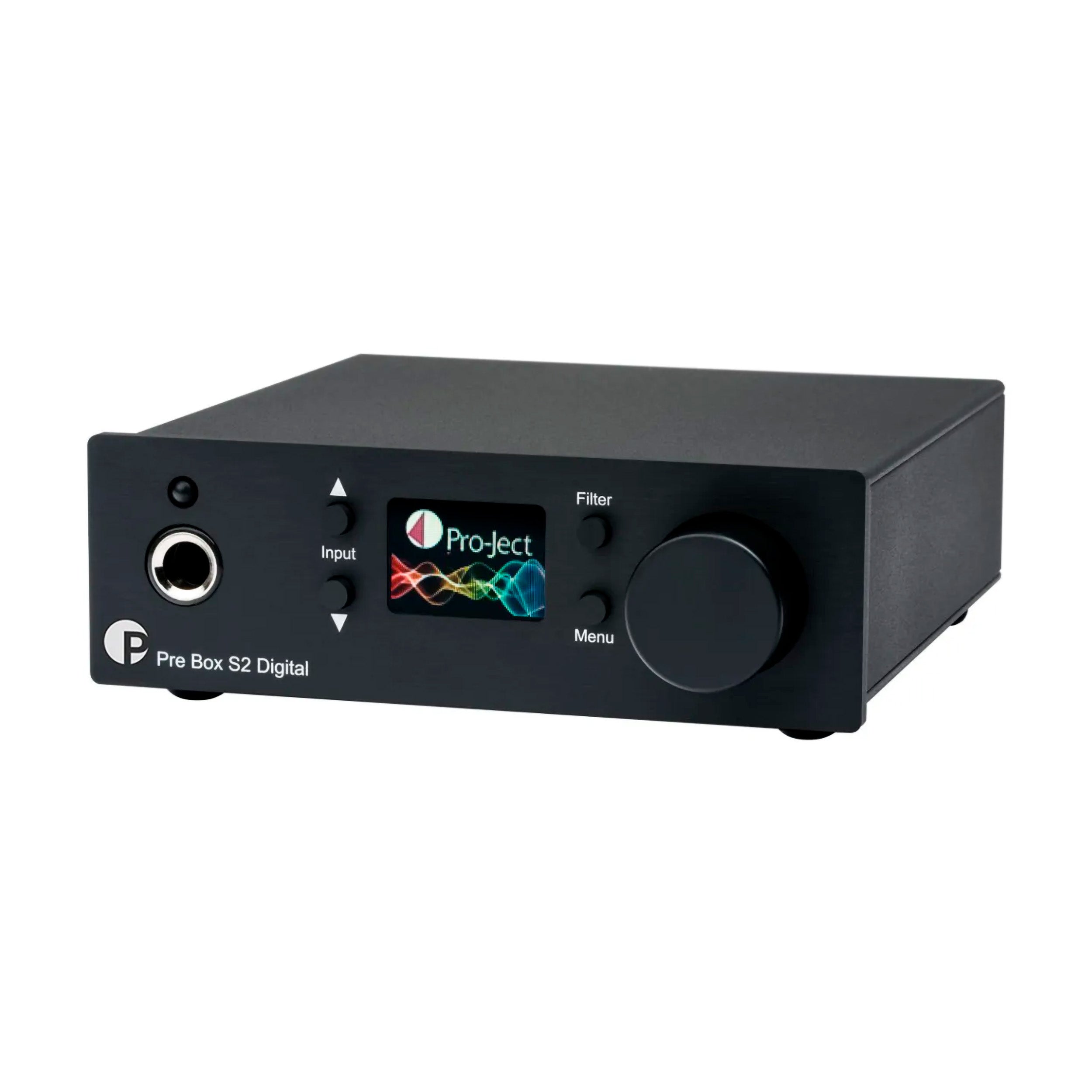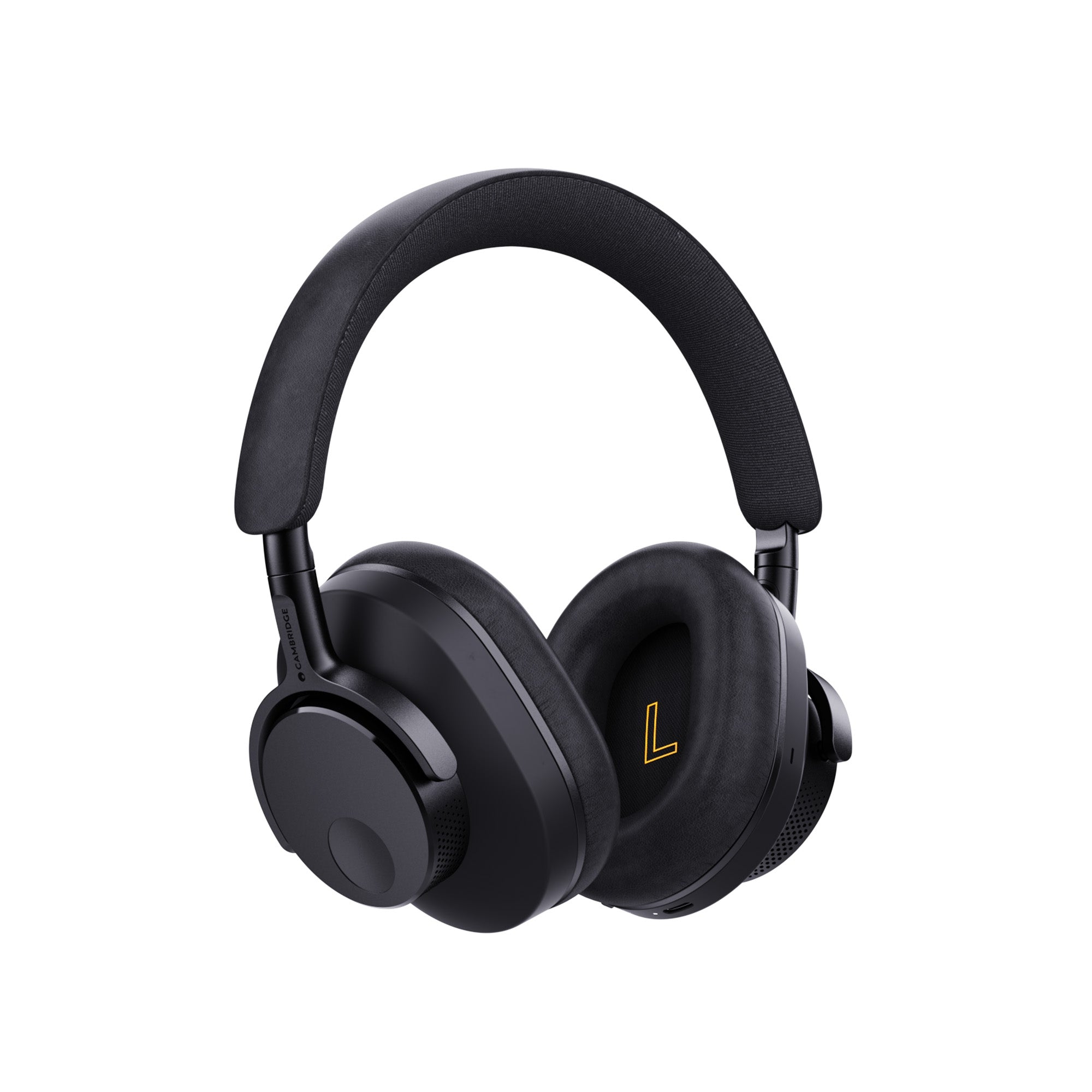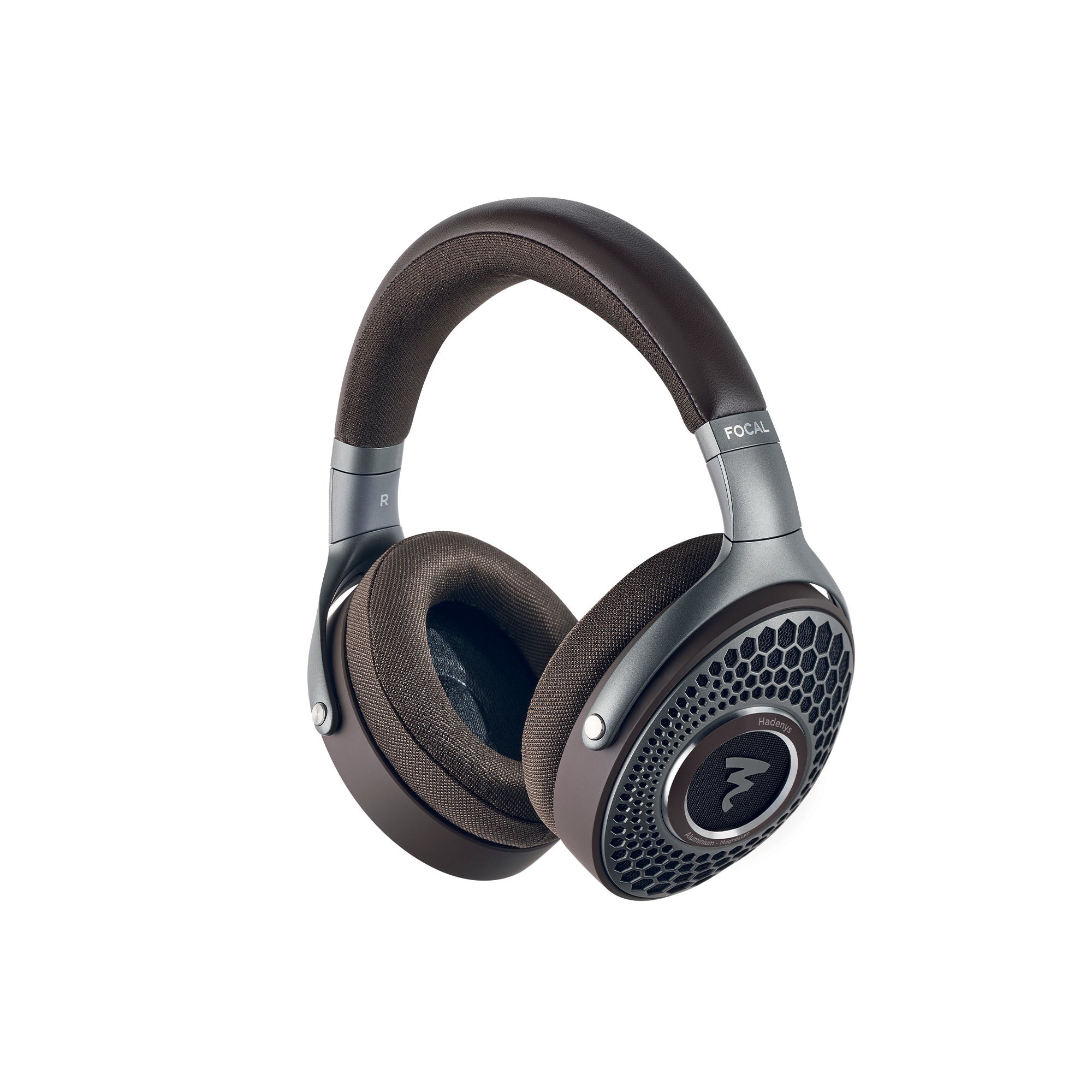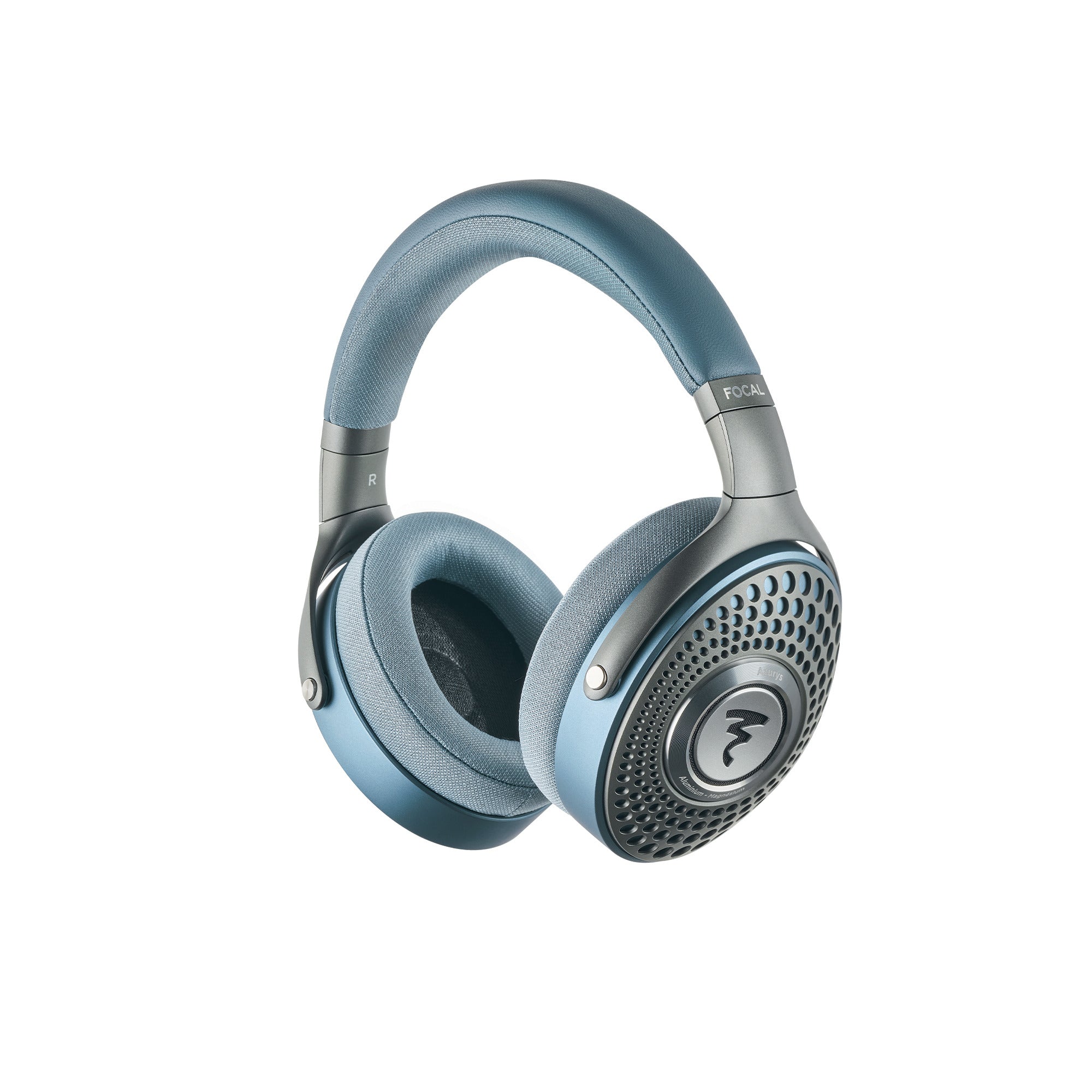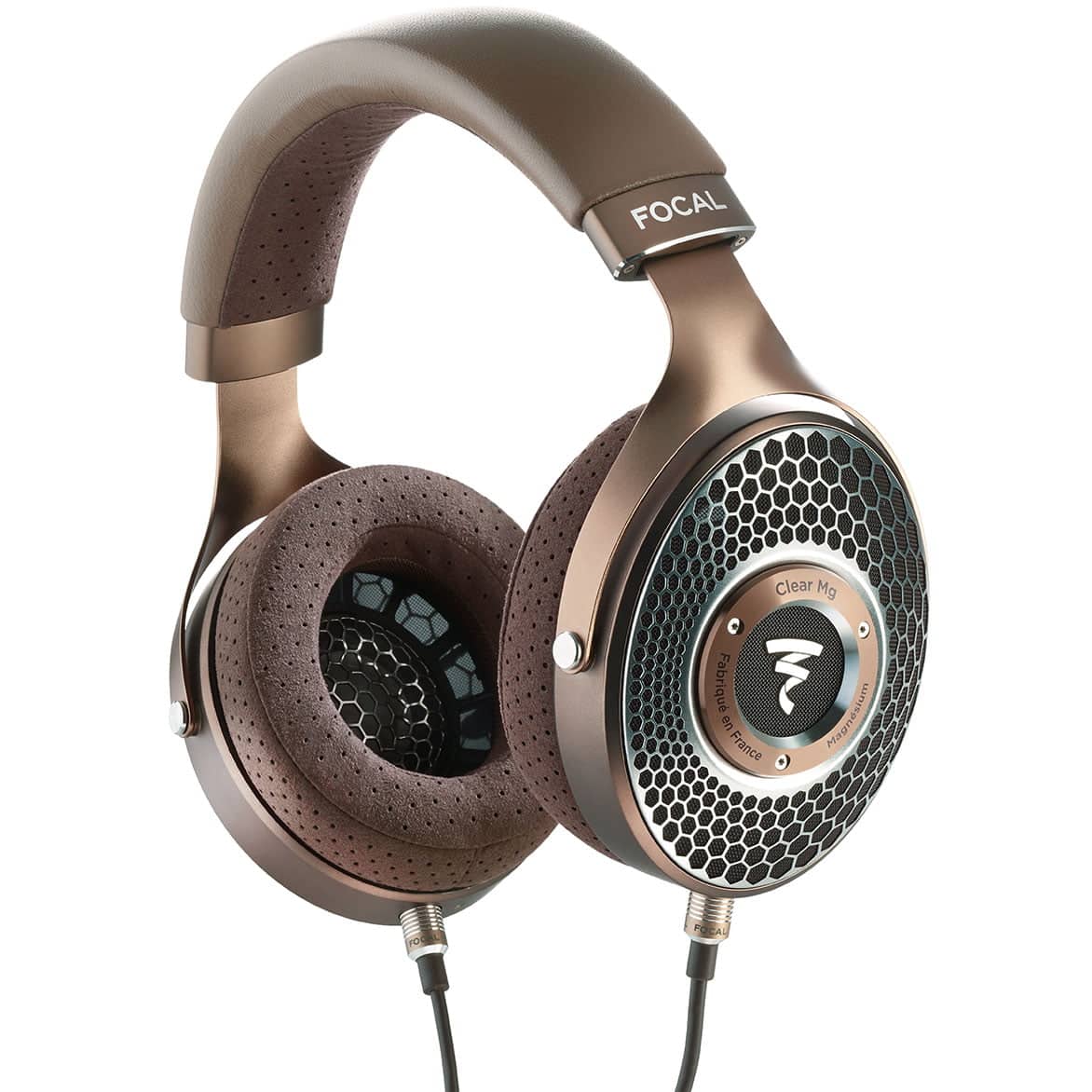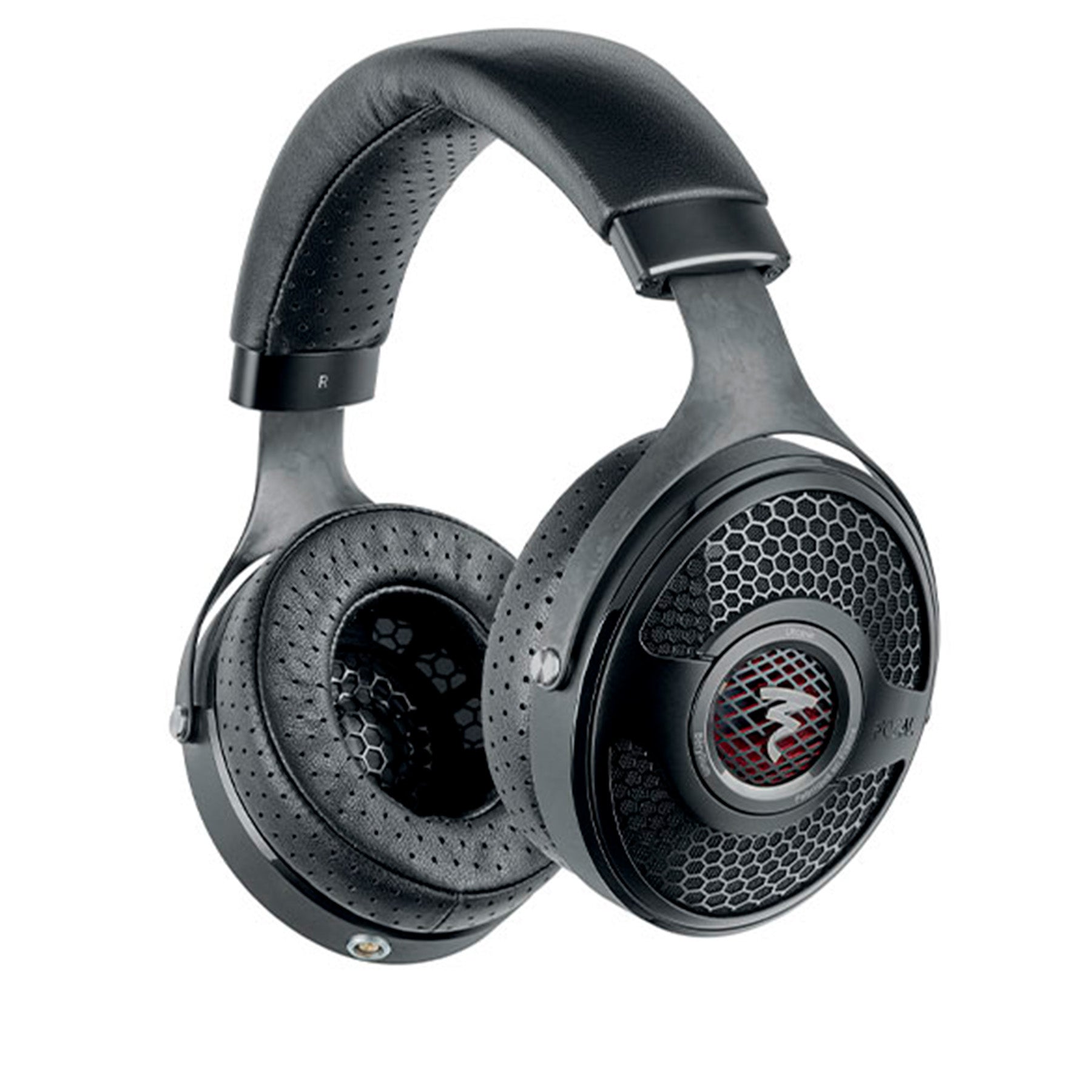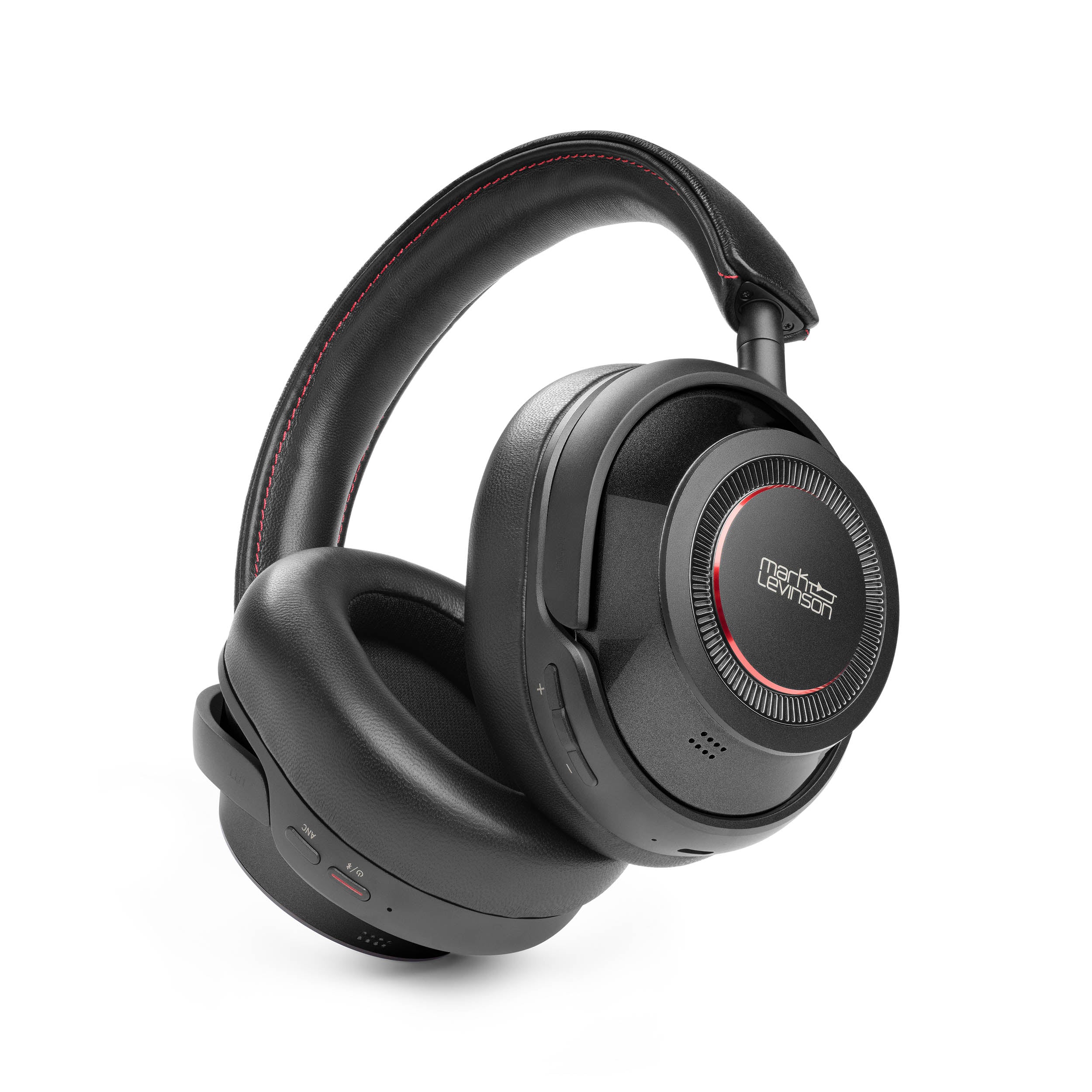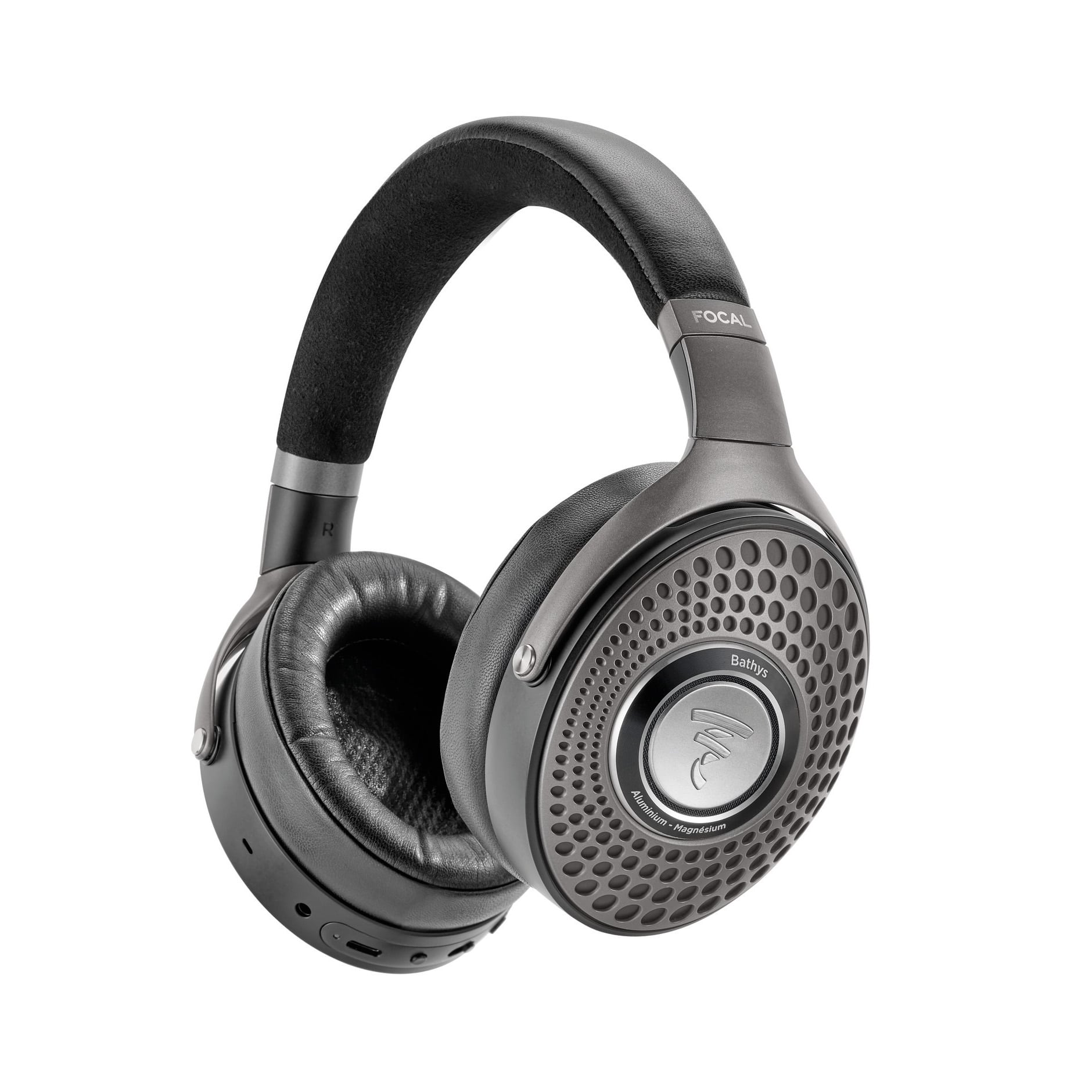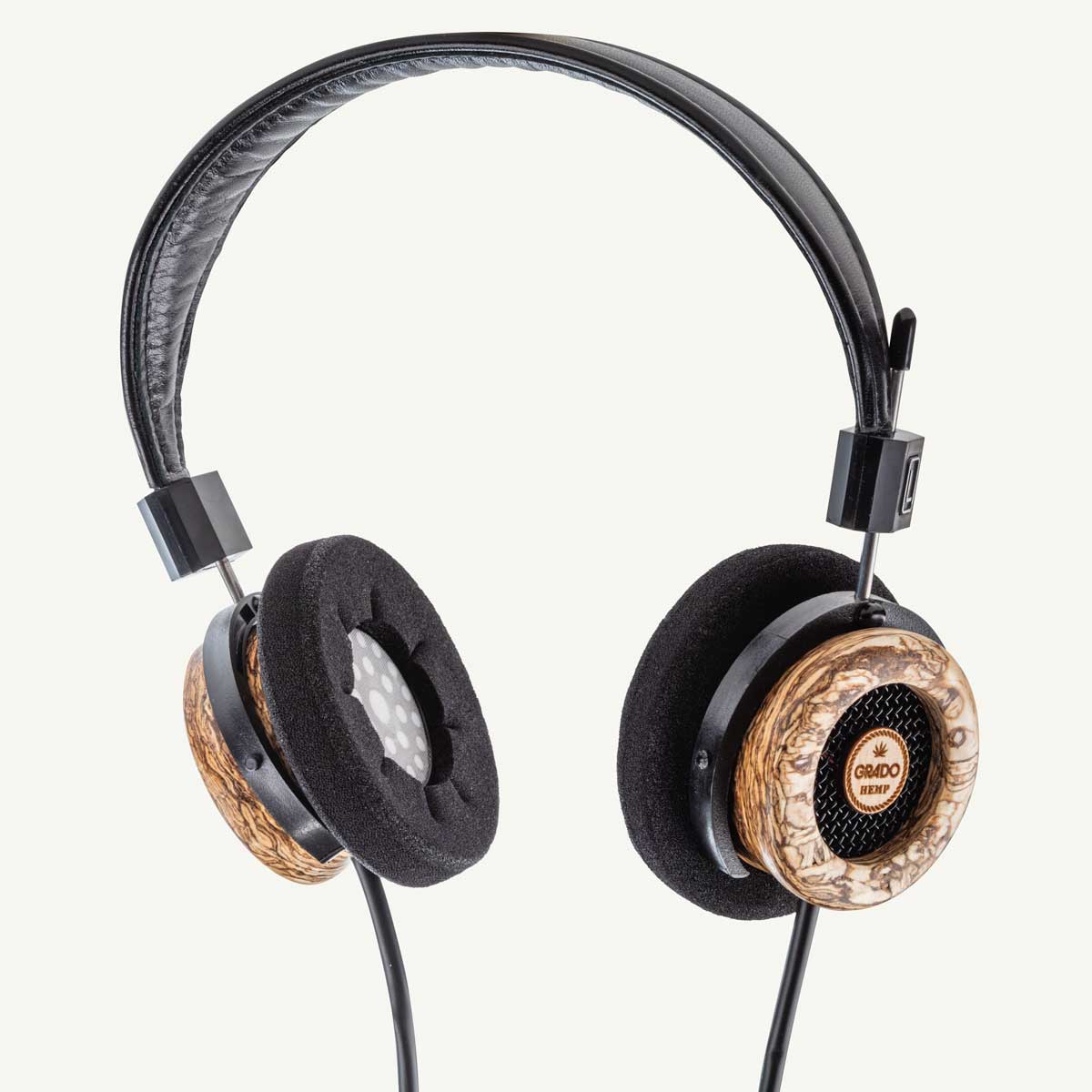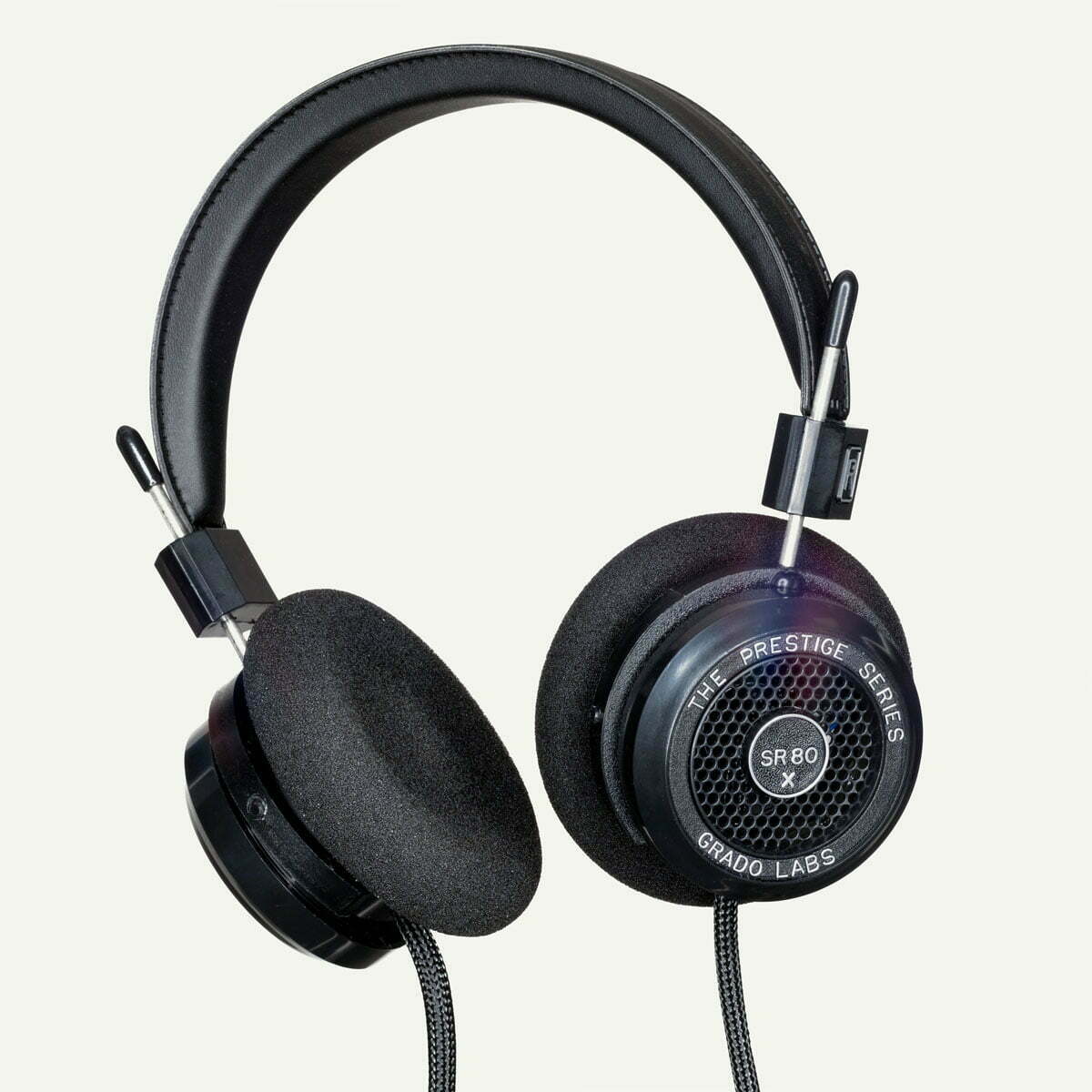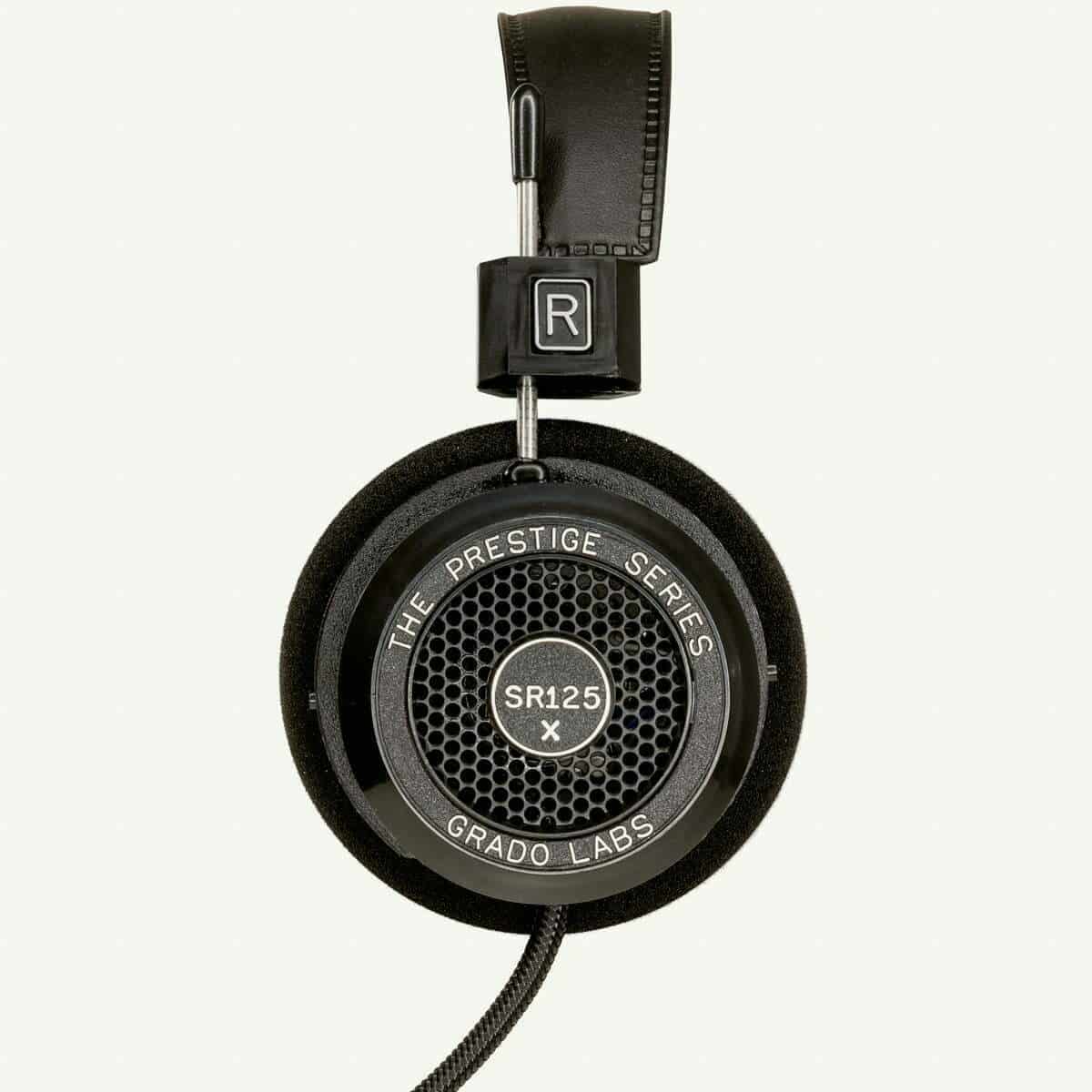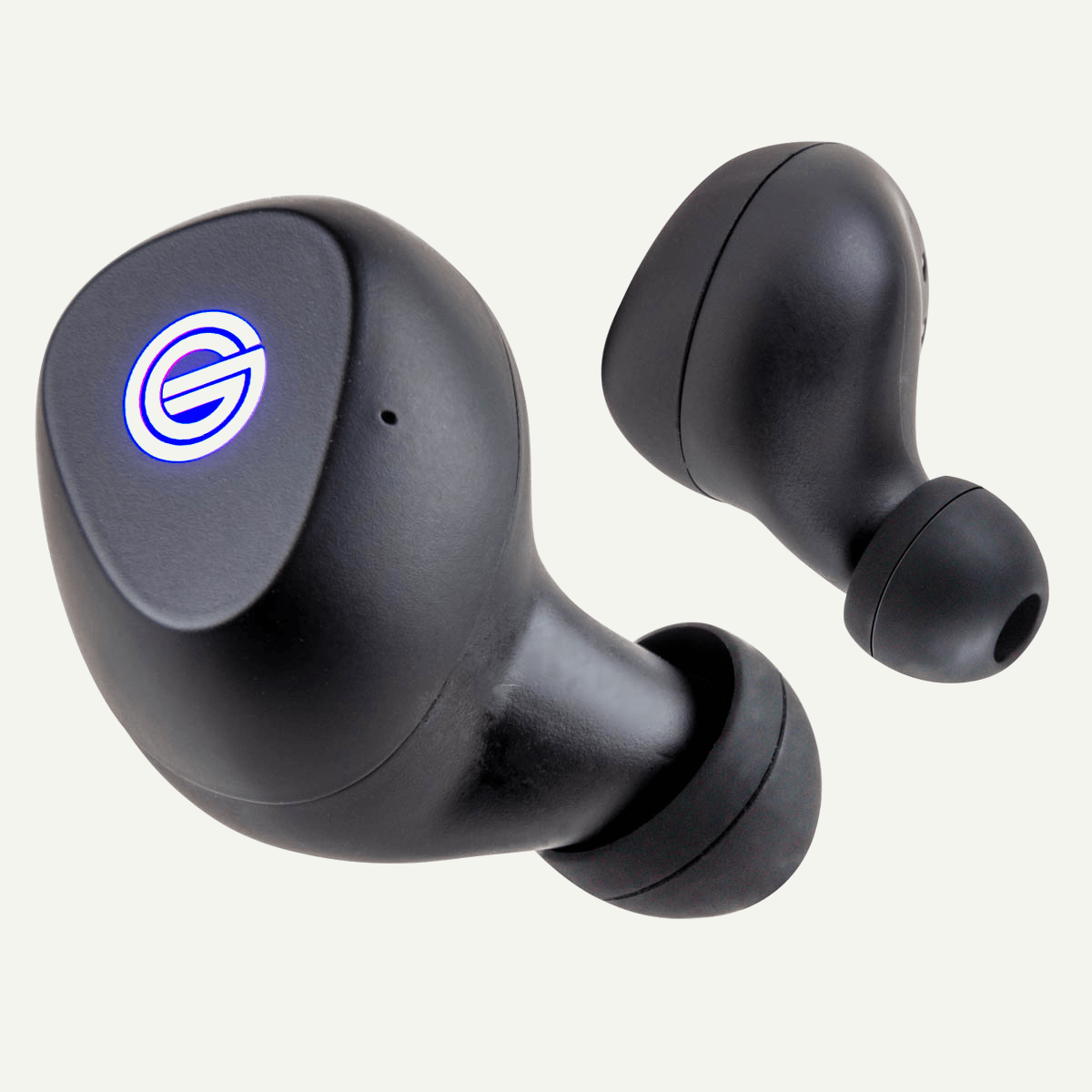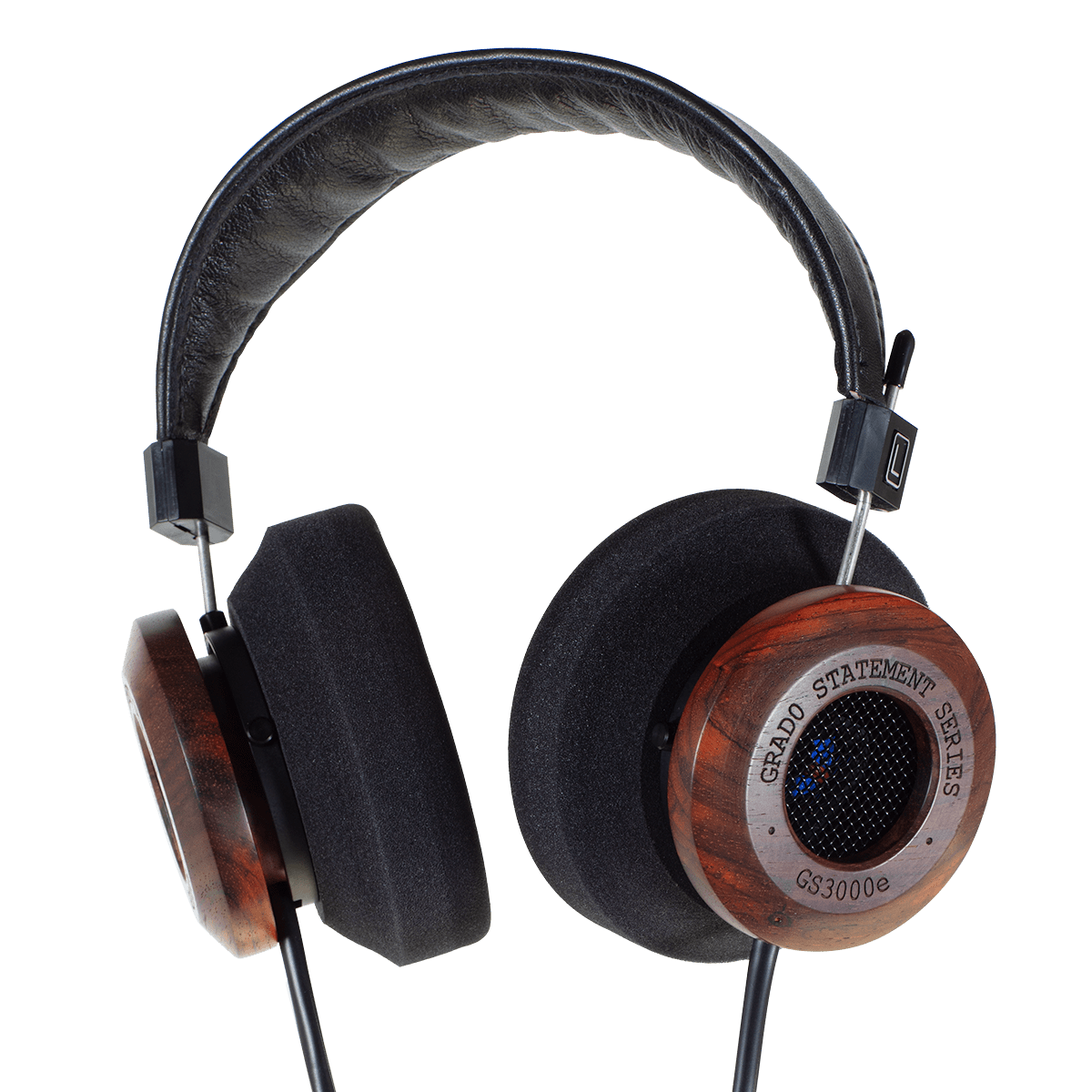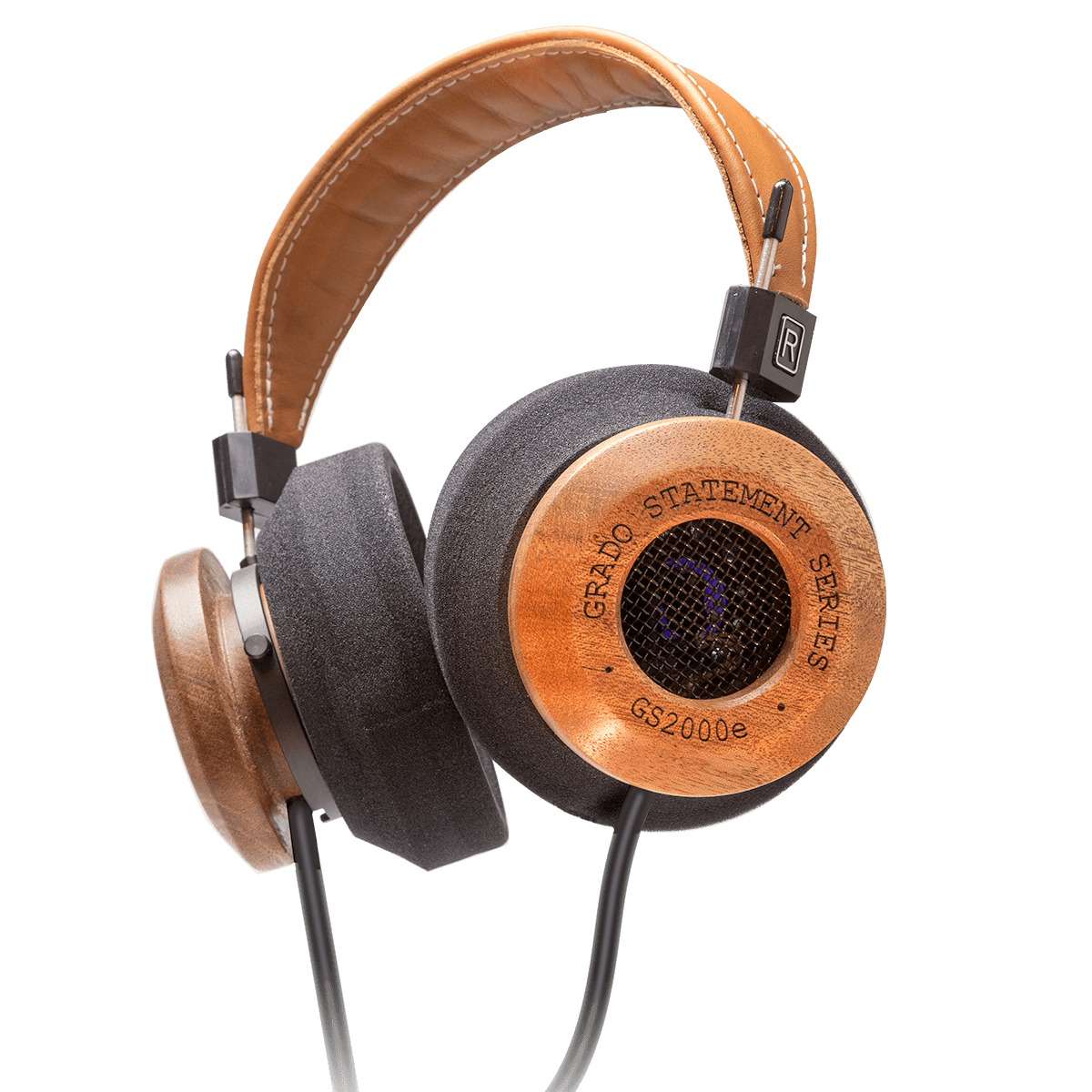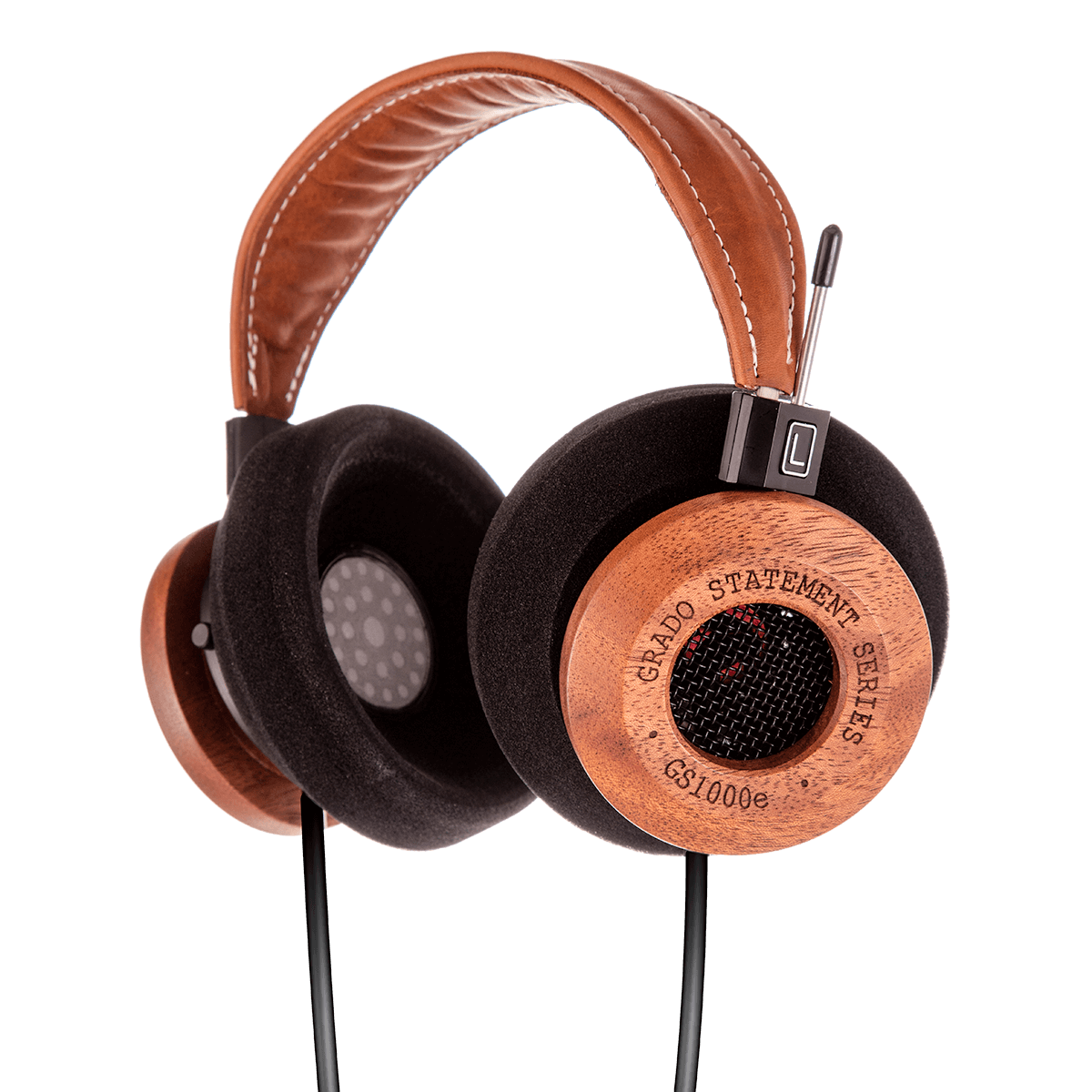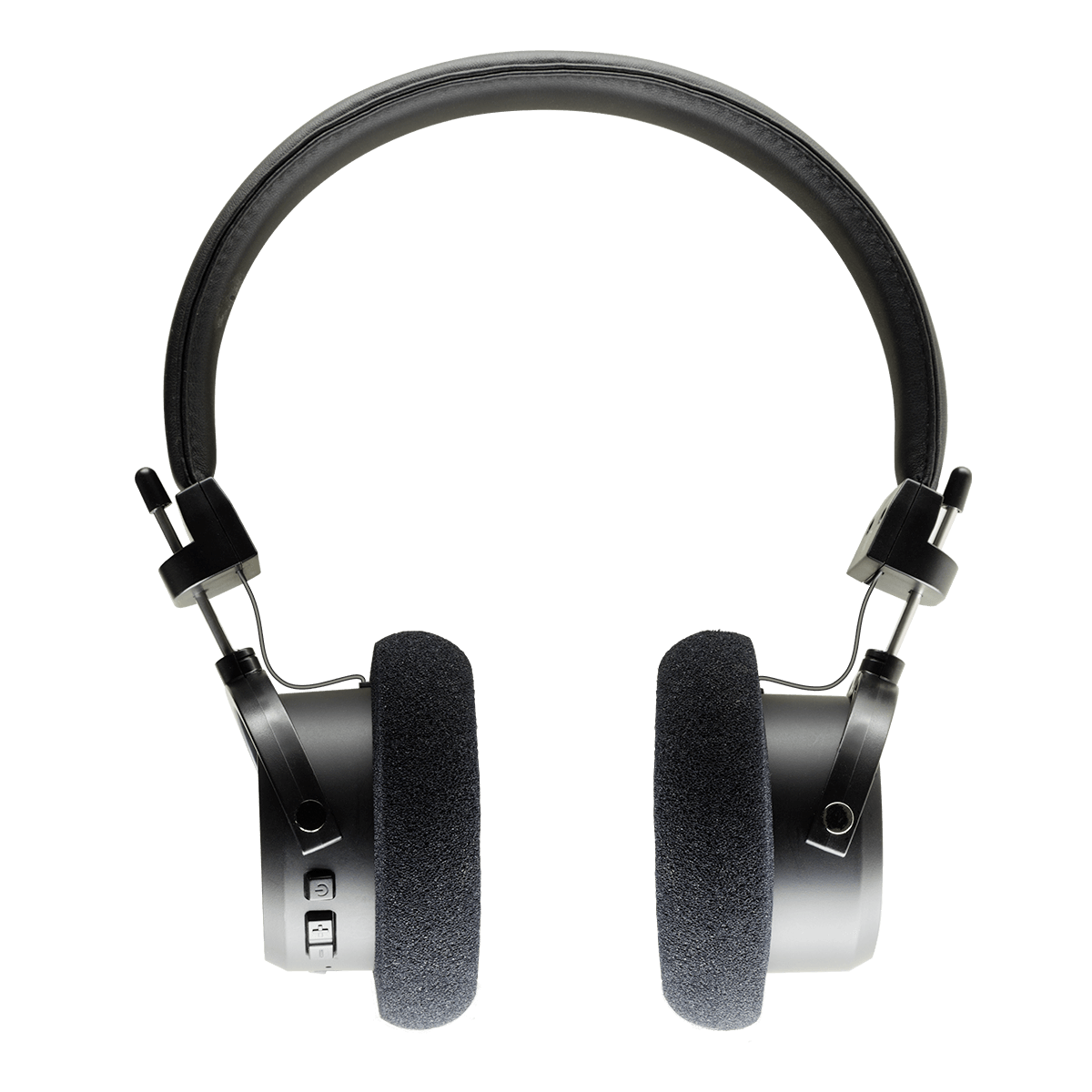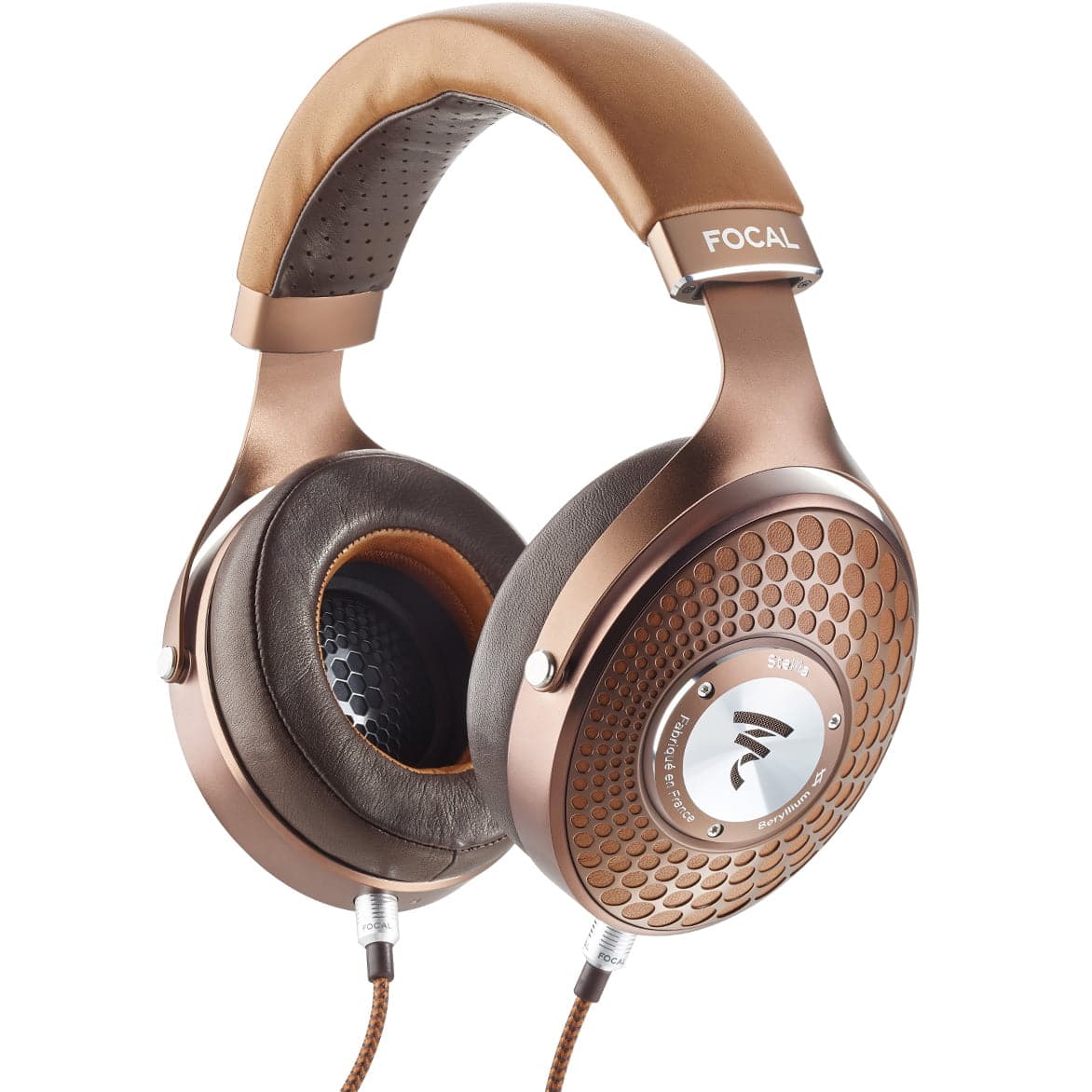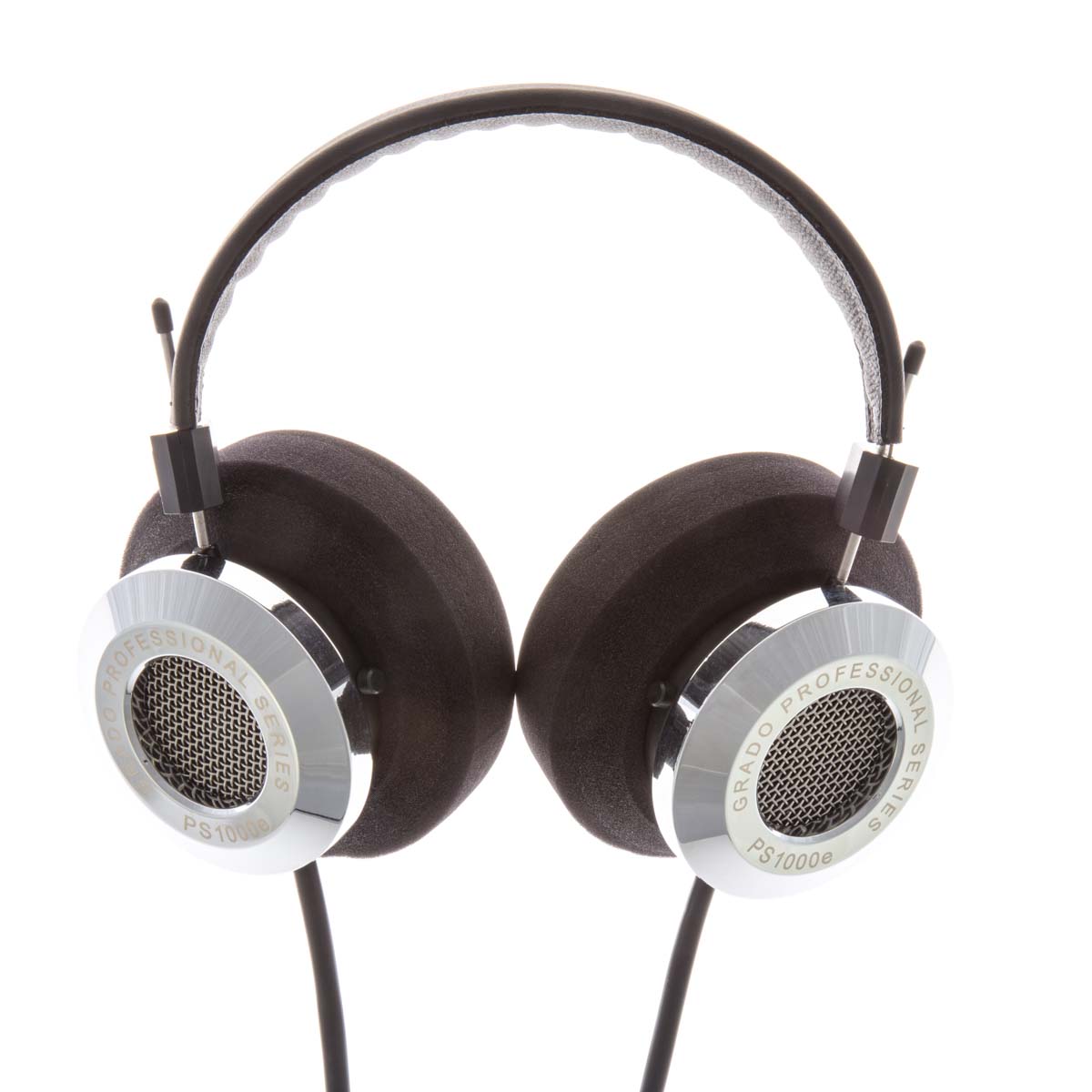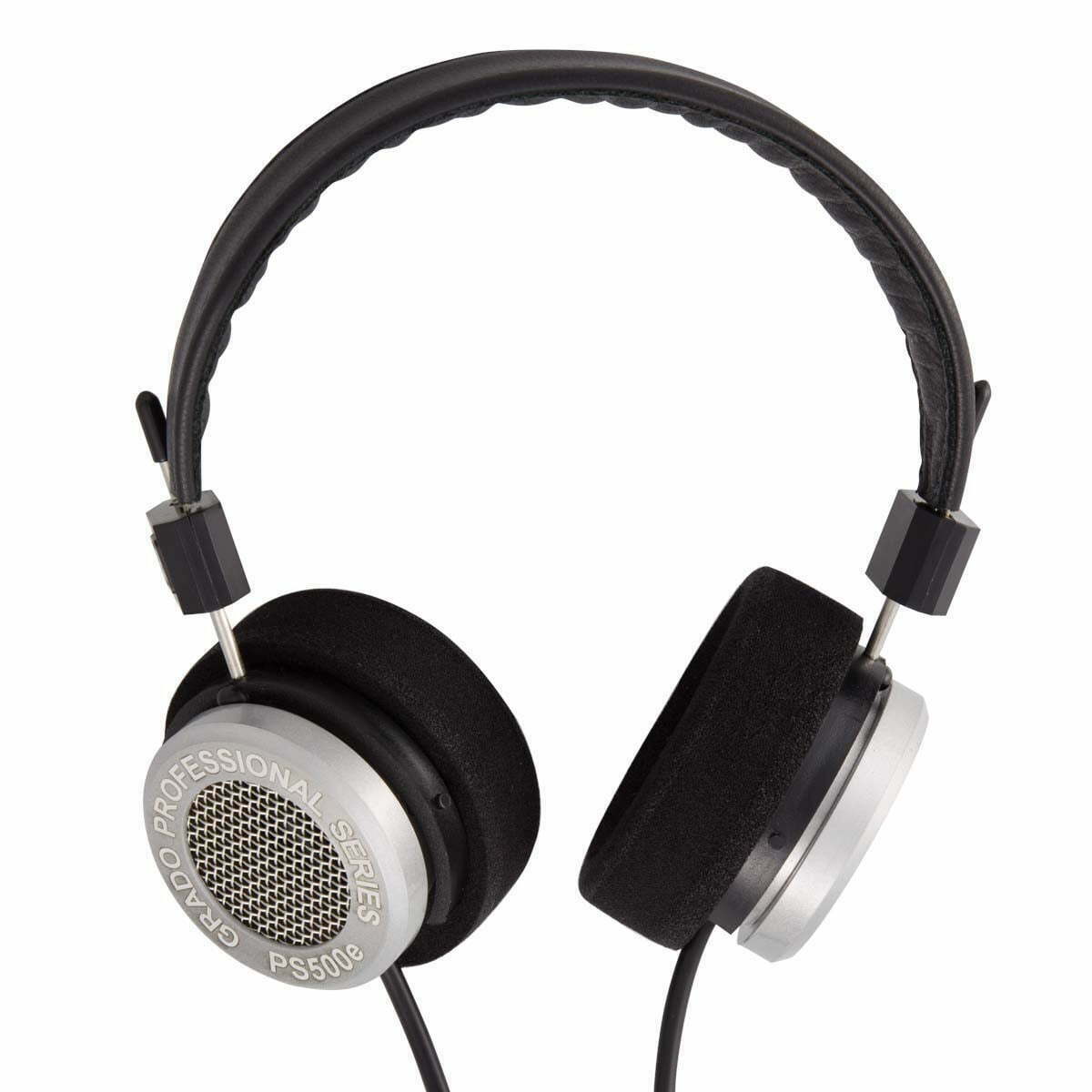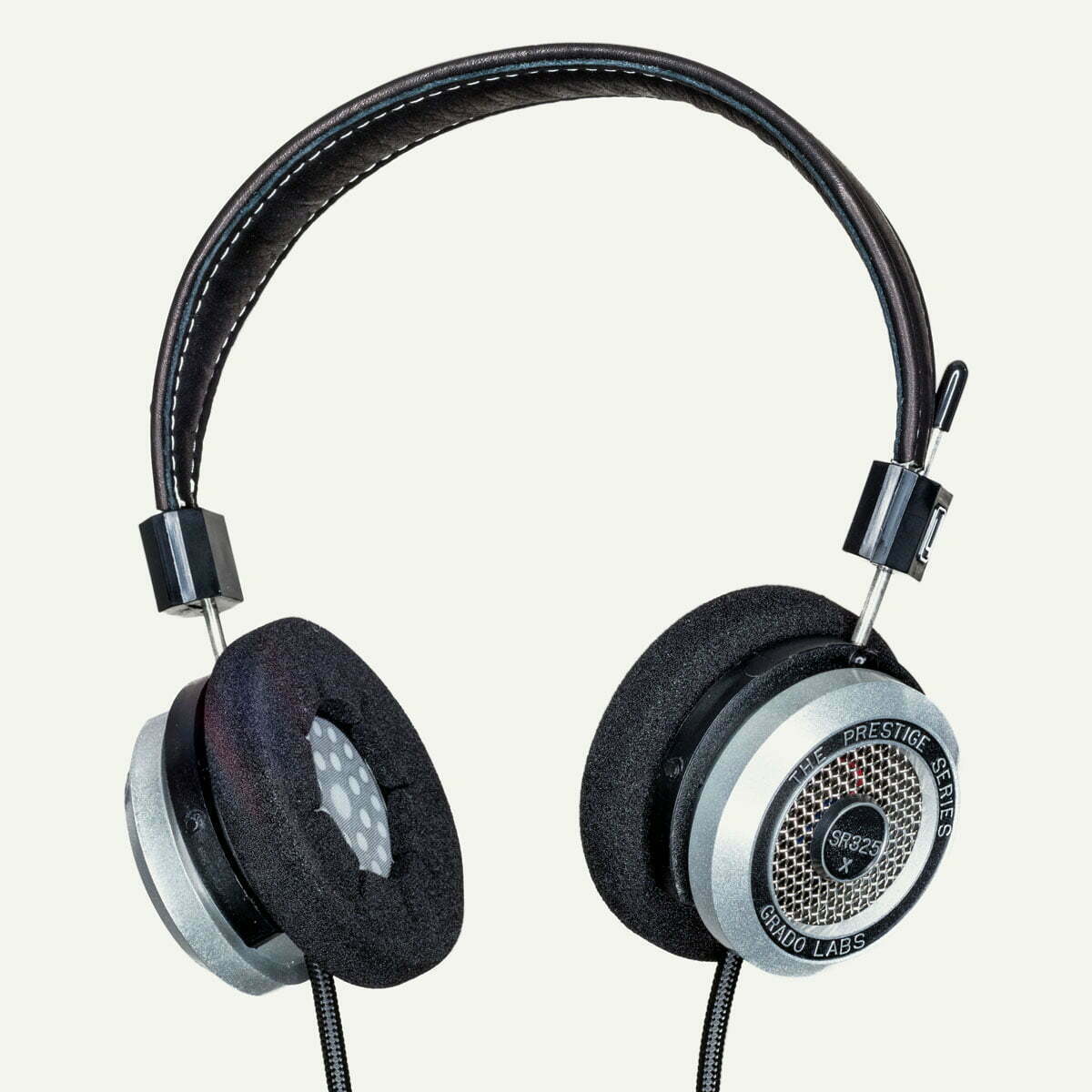Headphones - The most accurate sound reproduction
Headphones are a great way to listen to music and other audio sources. They can deliver excellent sound quality that rivals some of the best traditional speakers on the market. Headphones are also more versatile than traditional speakers as they can be used in a variety of environments and situations. Whether you want to listen to music at home, on the go or at work, headphones can give you a quality sound experience.
The many advantages of headphones
One of the biggest advantages of headphones is that they don't have the same acoustic problems as traditional speakers. Loudspeakers depend on the acoustics of the room to produce a good sound. Therefore, rooms with poor acoustics, or a poorly placed speaker, can negatively affect the sound quality. Headphones produce their own acoustics and are therefore not dependent on the acoustics of the room. This means that you always get a consistent and optimal sound experience, regardless of where you use your headphones.
Another advantage of headphones is that they often offer more value for money than traditional speakers. Even the most affordable models can deliver a surprisingly good sound experience, and you can often get high-quality headphones for a reasonable price. If you want a truly impressive sound experience, however, it's worth investing in a set of high-quality headphones. You will find that you get much more for your money when you invest in headphones, as you get a sound experience that is difficult to match with traditional speakers in the same price range.
On-ear, over-ear and in-ear headphones
When choosing headphones, there are different types to choose from. The most common types are on-ear, over-ear and in-ear headphones. Each type has its own advantages and disadvantages, and it is important to choose the type that suits your needs and preferences.
On-ear headphones
On-ear headphones sit on the ear and do not cover the entire ear. They are typically smaller and more compact than over-ear headphones, making them more portable and suitable for activities such as exercise or travel. They are also more open than in-ear headphones, which means that you can hear surrounding sounds more clearly, which can be an advantage in some situations. A disadvantage may be that they do not provide the same sound experience as over-ear headphones, as they cannot create the same acoustic isolation.
Over-ear headphones
Over-ear headphones cover the entire ear and are typically larger and more padded than on-ear headphones. They provide a more complete acoustic isolation and can produce a more impressive and full sound. They are also more comfortable to wear for longer periods as they are less stressful on the ears than in-ear headphones. Disadvantages can be that they are less portable than on-ear headphones and that they can become hot and uncomfortable if you use them for a long time.
In-ear headphones
In-ear headphones are small headphones that sit directly in the ear canal. They are very portable and are ideal for activities such as running or training. They can provide an impressive sound experience, especially when it comes to bass and treble. A disadvantage can be that they can feel uncomfortable for some people, as they sit directly in the ear canal. They can also isolate too much sound, which can make it difficult to hear surrounding sounds and can be dangerous in some situations.
Wireless headphones - Enjoy the good sound everywhere
Wireless headphones are a great invention when it comes to enjoying music and communication without wires. With wireless headphones, you don't have to mess around with wires, and you can move freely without having to worry about pulling on the cables.
Wireless headphones are also very versatile and can be connected to a wide range of devices, such as your PC, mobile phone, TV and more. In this way, you can easily and conveniently switch between different devices without having to change headphones.
A popular feature that many wireless headphones have is Active Noise Cancellation (ANC). ANC works by reducing background noise so you can enjoy your music or phone conversation without interruption from the surroundings. This makes them ideal for use in places with a lot of noise, such as public transport, offices and cafes.
True wireless headphones have also become more popular recently. These headphones are designed without any kind of wires, thus giving you a completely wireless experience. They often come with a small charging case so you can take them with you on the go and easily charge them when you need to.
See our selection of headphones
At Lydspecialisten, we offer a large selection of headphones from some of the best brands on the market. Take a look at our headphones from:
- Focal - Focal is a French company that has specialized in audio equipment for over 40 years. They are known for their high-end speakers and headphones. Focal's headphones have received rave reviews from audio enthusiasts around the world for their clear sound and quality.
- Grado - Grado is a family-run American company that has been producing headphones for over 60 years. Their headphones are known for their unique and distinctive sound profile and build quality.
- KEF - KEF is a British speaker manufacturer that also makes headphones. Their headphones are known for their stylish design and high sound quality, and they often use innovative technologies such as active noise reduction.
Headphone FAQ
Do you also think it's a jungle to find your way around all the different earphones? We have collected a number of the most common questions about headphones, so that you can find out which headphones suit your needs exactly. Whether you are looking for headphones with the best sound quality, noise reduction or functionality, you will find the answer here.
Why should I choose headphones instead of traditional speakers?
Headphones provide a more personal listening experience as you can focus on the music without distraction from ambient noise. They are also more portable and can be used when you are on the go.
What is the difference between on-ear, over-ear and in-ear headphones?
On-ear headphones rest on the ear, while over-ear headphones surround the ear. In-ear headphones are inserted directly into the ear canal. On-ear headphones are more portable, while over-ear headphones provide better sound isolation and sound quality. In-ear headphones are ideal for exercise and travel as they are light and compact.
What is Active Noise Cancellation (ANC)?
Active Noise Cancellation (ANC) is a technology that can reduce ambient noise so you can focus on the music. ANC works by microphones on the headphones detecting the surrounding noise and then emitting a corresponding sound that neutralizes the noise.
What is the difference between wired and wireless headphones?
Wired headphones require a physical connection to your audio source via a cable, while wireless headphones can be connected via Bluetooth or NFC. Wireless headphones offer more freedom of movement, while wired headphones have a more stable connection and can provide better sound quality.
What are True Wireless Headphones?
True Wireless headphones are completely wireless headphones that have no cables or wires of any kind. They are light, practical and fit well in the ears, so they can be used for a multitude of activities and situations. They are perfect for everything from training, sports, travel, office work or outdoor trips. Their snug fit also makes them excellent at blocking out outside noise. If you want the ultimate in noise reduction, many of these headphones are also equipped with Active Noise Cancellation (ANC), so you can enjoy the sound completely without disturbance.
Can I use headphones for both music and phone calls?
Yes, most modern headphones can be used for both music and phone calls. Most headphones have a built-in microphone that can be used to answer calls.
Can I connect my headphones to a computer or a TV?
Yes, most headphones can be connected to a computer or TV via a cable or wirelessly using Bluetooth or NFC. It is important to check if your headphones are compatible with the desired device.









